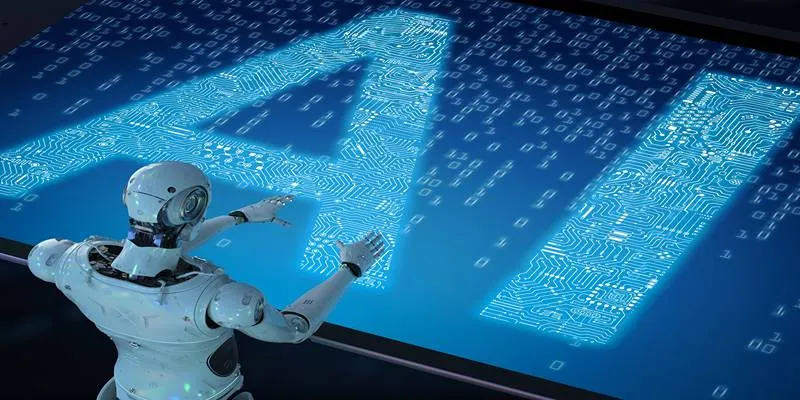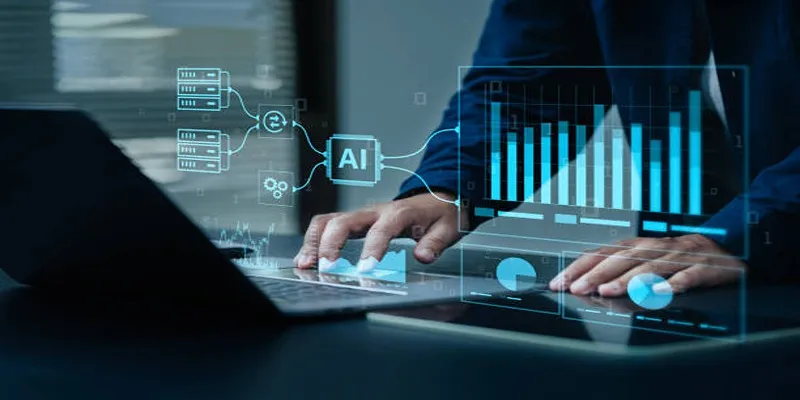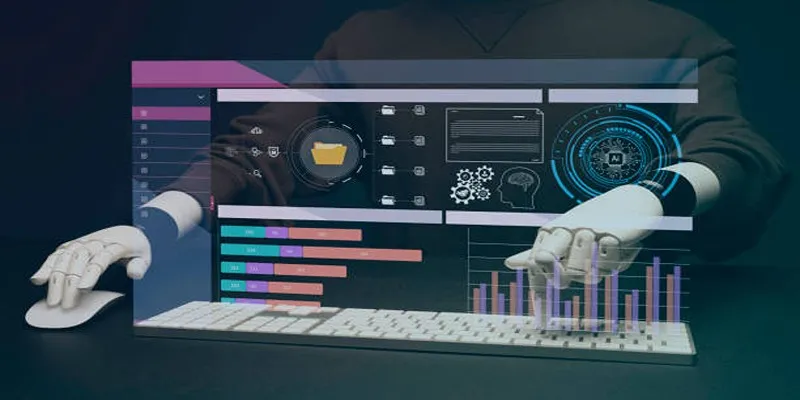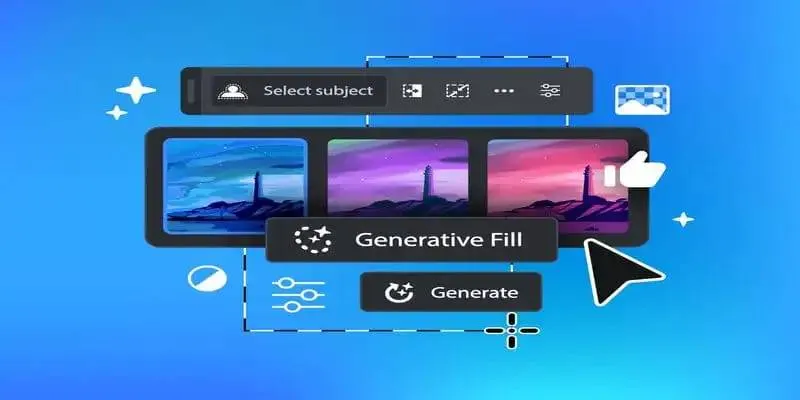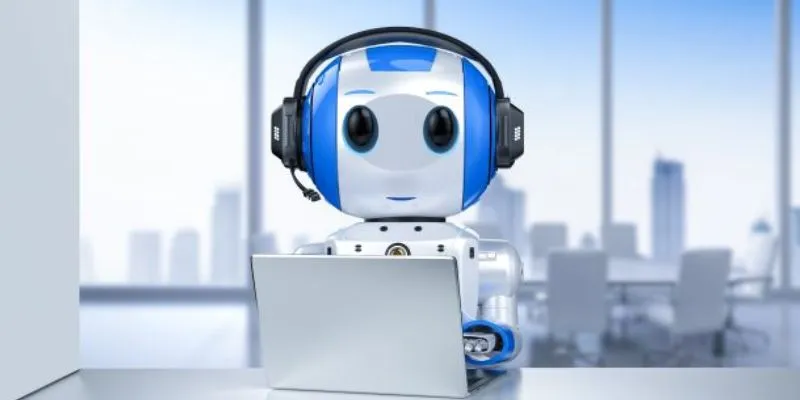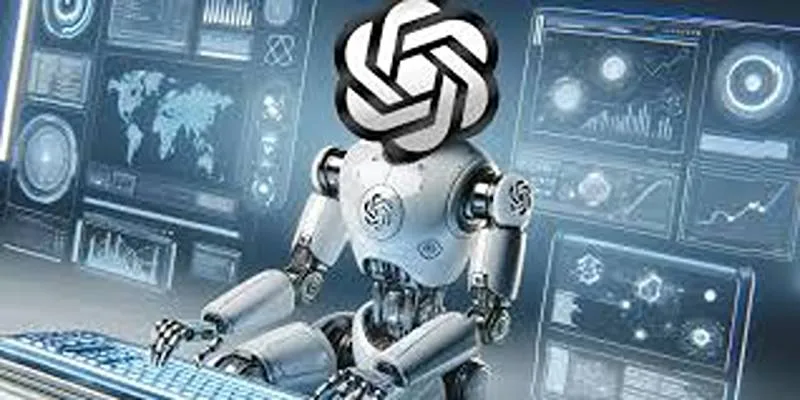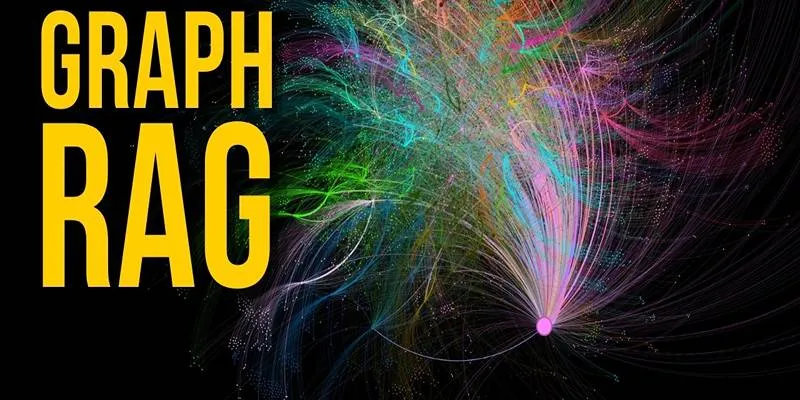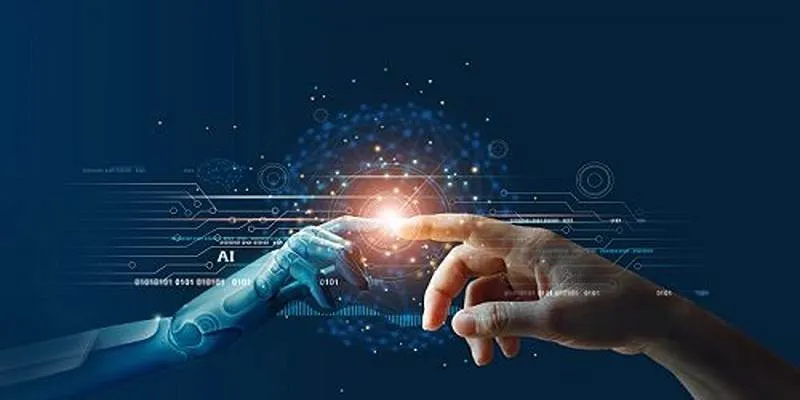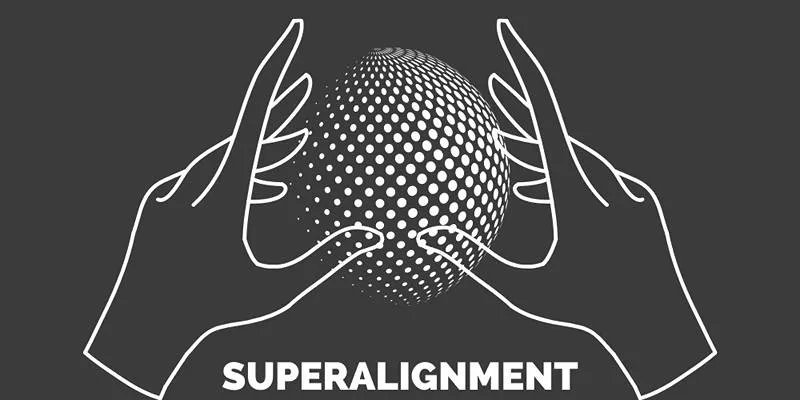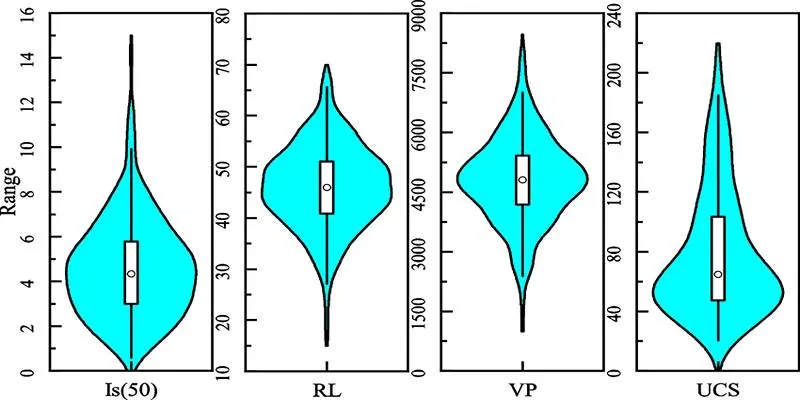Artificial intelligence has evolved far beyond data processing and decision trees. Today, it shapes stories, simulates emotions, creates hyperrealistic images, and can even mimic a person’s voice or face in real time. The rise of these capabilities is transforming how people perceive truth, fiction, and everything in between. What once clearly separated the real from the imagined is now increasingly murky, thanks to the immersive power of AI-generated content.
This post will explore 8 key ways artificial intelligence is blurring the line between reality and fantasy — and why it matters more than ever.
1. Hyperrealistic Deepfakes
AI-generated deepfakes have reached a level where they can be nearly impossible to distinguish from real videos. Using neural networks and deep learning, these tools can superimpose someone’s face onto another body, replicate speech patterns, and mimic emotions.
While some uses are harmless, like creating movie scenes or funny content, the darker side includes political misinformation, identity theft, and public deception. Deepfakes are perhaps the clearest example of how AI-generated content can be both impressive and deeply misleading.
2. AI-Driven Characters in Media and Gaming
From video games to animated films, AI is now being used to create lifelike characters who respond to players or viewers dynamically. These characters don’t just follow pre-written scripts; they adapt in real time, hold conversations, and can even express emotion using machine learning algorithms.
As AI characters become more intelligent and expressive, the line between human interaction and digital simulation gets blurrier. Players can form emotional bonds with avatars, often forgetting they’re interacting with code, not consciousness.
3. Synthetic Voices and Digital Doubles
Voice cloning has surged with AI’s advancement in speech synthesis. Tools can now replicate the sound, tone, and cadence of any voice with just a few minutes of audio data. The result? It’s possible to make anyone say anything convincingly.
From voiceovers to podcast production, this has changed content creation. But it’s also led to ethical challenges, like impersonation scams and the creation of false narratives, which call into question what can really be trusted in audio media.
4. Emotionally Intelligent Chatbots

AI isn’t just processing commands; it’s learning to “feel.” While these systems don’t actually experience emotions, they can analyze human input to simulate emotional responses.
These emotionally intelligent bots are used in therapy apps, customer service, and even companionship platforms. Their ability to mirror empathy and care tricks the human brain into forming attachments. This psychological phenomenon of anthropomorphism is making AI feel more like “someone” than “something.”
5. AI-Generated Art and Literature
Tools like DALL·E, Midjourney, and text generators can now create artwork, poetry, or full novels. These outputs may seem inspired or even emotionally moving despite coming from algorithms trained on vast datasets.
It challenges traditional ideas about creativity. If a poem moves you or a painting stirs emotion, does it matter if a person or a machine created it? This philosophical tension is another way AI confuses what is authentic and what is synthetic.
6. Virtual Influencers and Digital Celebrities
On social media, not all influencers are real. Some, like Lil Miquela, are entirely AI-generated personas with millions of followers. These virtual influencers post, collaborate with brands, and engage in public discourse — just like real humans.
Followers engage with them as if they’re real despite knowing they’re not. This cognitive dissonance reveals how willing people are to accept fantasy as reality if it’s engaging or entertaining enough. It highlights a shifting social dynamic where emotional connection can override the need for authenticity.
7. Mixed Reality Experiences Powered by AI
With augmented reality (AR) and virtual reality (VR) merging with AI, users can now experience environments that blend real-world input with machine- generated enhancements. AI adjusts these immersive spaces in real time based on behavior, emotion, and context.
Think of walking through a virtual city where the weather matches your mood or an AI tour guide who knows your interests. These kinds of intelligent virtual worlds mix fiction with sensory realism so seamlessly that users may temporarily forget they’re inside a simulation.
8. AI-Powered Face Filters and Augmented Appearances
Everyday users can now transform their appearance in real time using AI filters on platforms like Instagram, TikTok, or Snapchat. These filters don’t just smooth skin; they can change bone structure, eye shape, or even ethnicity with a few taps. The result is a version of the self that may be more fantasy than reality.
It creates a disconnect between digital personas and real-world identities, leading to new psychological phenomena like “Snapchat dysmorphia,” where people want to look like their filtered selves. AI here doesn’t just enhance; it distorts.
9. Emotion Simulation in AI Companions and Romance Bots
Some AI chatbots are explicitly designed for emotional or romantic interaction. These bots learn user preferences, simulate affection, and provide companionship in a way that feels eerily real. People have been known to form genuine emotional bonds and even fall in love with AI personas.
Although these relationships are one-sided, the illusion of mutual connection is powerful. In simulating love or companionship, AI redefines what relationships can look like even when only one party truly exists.
10. AI-Generated Memories in Virtual Reality Therapy

In cutting-edge therapy and PTSD treatment, AI is being used to create simulated environments that replicate real memories — or even fabricate new, positive ones. These environments feel authentic enough to affect emotions, helping users confront trauma or anxiety in a controlled setting.
But when memories are recreated or invented in lifelike detail, the mind may struggle to separate the past from simulation. It introduces new challenges in memory integrity and emotional processing.
Conclusion
Artificial intelligence is reshaping our perception of the real world. Through voice cloning, virtual influencers, deepfakes, and emotionally intelligent bots, the line between what’s real and what’s imagined has never been thinner.
This blurring effect isn’t inherently bad — it offers exciting possibilities in art, therapy, education, and entertainment. But without ethical boundaries and public awareness, it also opens the door to manipulation, misinformation, and digital disillusionment.
 zfn9
zfn9




